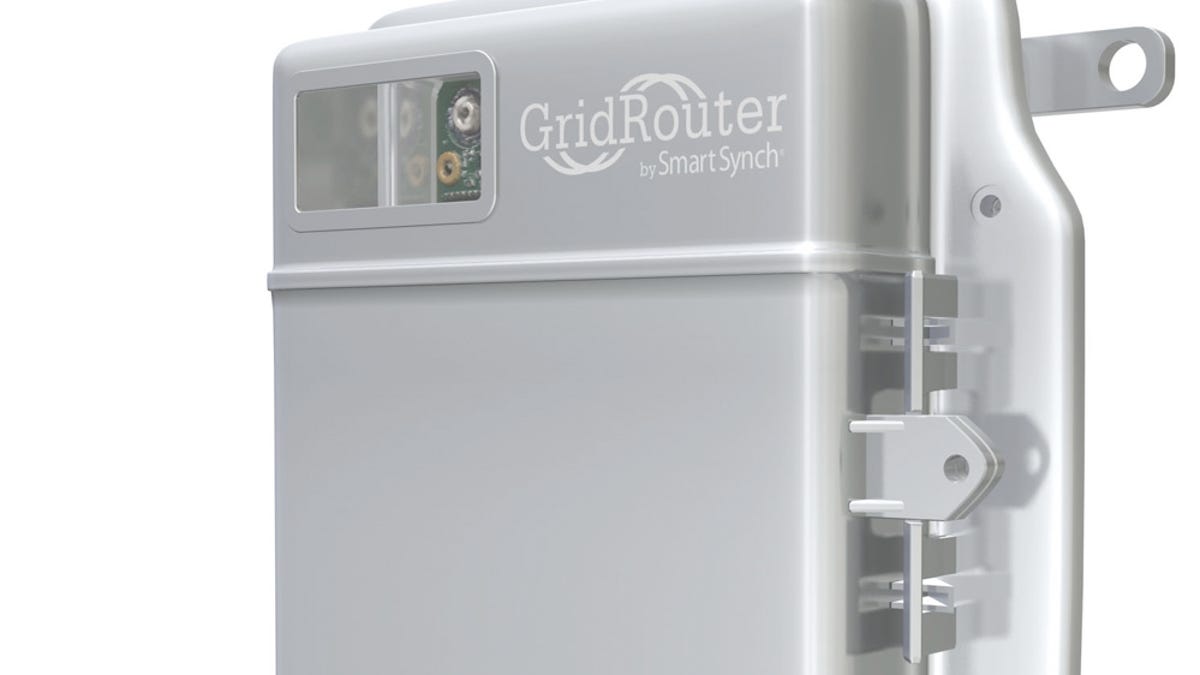SmartSynch offers universal router for smart grids
The IP-based GridRouter might give cautious consumer electronics companies more confidence about jumping on the smart-grid bandwagon.

SmartSynch announced Wednesday night that it has a plan for allowing universal communications between appliances, smart grids, and utilities, regardless of which communication protocol is used.
In May 2008, the Jackson, Miss.-company garnered $20 million in a funding round led by Credit Suisse to develop its communications devices and software for smart meters.
What has emerged is the GridRouter, an Internet Protocol-based universal router with an open platform that can communicate with public and private networks whether they be using WiMax, municipal Wi-Fi, or a proprietary network system.
The GridRouter device could become a darling of utilities by enabling them to connect existing proprietary networks to the GridRouter without having to upgrade their entire system, and using existing off-the-self IT management tools to do it.
The company's public relations team has been telling the press that "SmartSynch sees this product doing for the smart grid what Cisco did for the Internet."
While such grid and appliance interoperability claims might only catch the eye of industry wonks, average consumers should also perk up their ears and listen. Progress on that front could mean the difference between paying a premium for a smart-grid-enabled appliance, or having it come standard on most mass-produced appliances within the next half-dozen years.
Currently, companies and organizations are jockeying to back what they hope will be the standard of choice for smart-grid interaction when it comes to software and communications tools. The Wi-Fi Alliance announced in November, for instance, that it has a smart-grid task force reviewing how its standards might be modified to become the best choice for smart grids. Google's PowerMeter, while using its existing Web-based portal to provide a platform for smart-grid home data, has partnered with AlertMe, which uses ZigBee instead of Wi-Fi for home devices to communicate with a central hub and smart meter.
Appliance manufacturers like GE and Whirlpool have publicly expressed enthusiasm about incorporating smart technology into their products.
GE announced in July that it's testing Tendril as possible smart appliance software and started several pilot projects in places like Masdar City and Hawaii.
But there has also been some hesitation. Whirlpool said it would like to phase out all "dumb" appliances by 2015, but won't do so until a clear standard communications winner emerges.
Who could blame them? No one wants to be the one left with noncompliant technology once clear winners begin to emerge. But because of this, standardization squabbles could become a hold-up in the smart-grid evolution.
If SmartSynch's GridRouter can provide an easy an out-of-the-box solution to syncing everyone up, as the company claims, it could be the grease needed to quicken the smart-grid build-out.

